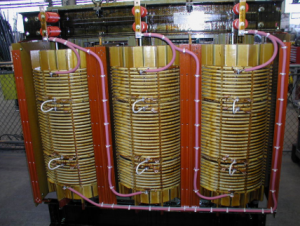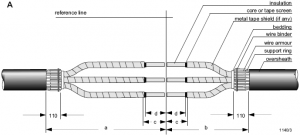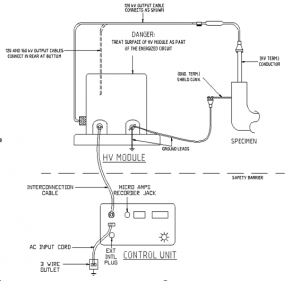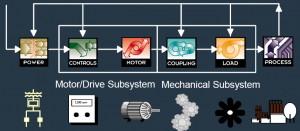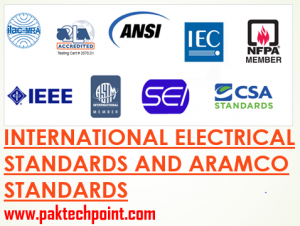ELECTRICAL EQUIPMENT INSTALLATION PROCEDURE
- All permanent materials (including fabricated and pre-fabricated supports), consumables, equipment to be installed and its accessories, construction area and resources shall be prepared and checked prior to installation works.
- Ensure that working areas are safe and ready for installation in coordination with other discipline for the use of the area and scaffolding materials.
- Work Transfer Sheet shall be duly signed and processed by other subcontractors or discipline for the preceding works to avoid confusion and discrepancies in the work responsibilities.
- Study erection procedures of heavy electrical equipment and other sensitive equipment prior to installation.
- Special tools shall bear a valid calibration certificates traceable to a national standard indicating calibration validity and periodically (at least six months) checked by a third party laboratory testing facility.
- Electrical materials shall conform to all applicable requirements, standard, and specifications prior to release to be used as part of the work. Refer to Schedule “Q” Att. IV Para 7.1.
- Review all references such as the latest approved for construction drawings, layout, and Technical Scope of Work.
- All equipment related to substation works shall be checked after confirming the availability at company. Visual Inspection shall be conducted for possible factory or handling damage and recorded in appropriate QC Material Receiving Inspection Report form.
STORAGE AND HANDLING OF EQUIPMENT INSTALLATION PROCEDURE
- Upon delivery of materials, QC Inspector will conduct receiving inspection as per Schedule G for Handling and Preservation to verify conformance to vendor drawings. Any deviation shall be documented through a QCIR.
- Electrical equipment should be moved and stored in an upright position
- Electrical equipment should be stored indoor in a clean dry area as per NFPA 70, NEC Art.110.3 (B) & manufacture recommendation.
- Keep sufficient gap between stored materials and equipment for easy access, lifting and moving.
- Electrical Equipment should be covered with plastic sheets and all doors should be sealed tight. All equipment parts must be kept in the unopened original shipping case with all braces and plugs intact and shall be covered with plastic sheets.
- Air intake openings should remain covered to reduce dust, waster or other unwanted entry accumulation.
- Regular visual inspection shall be conducted to check any dust accumulation or dampness on the electrical equipment.
- Necessary protection shall be provided in transporting of electrical equipment in accordance with vendor requirements or recommendations and Saudi Aramco standard and specifications.
